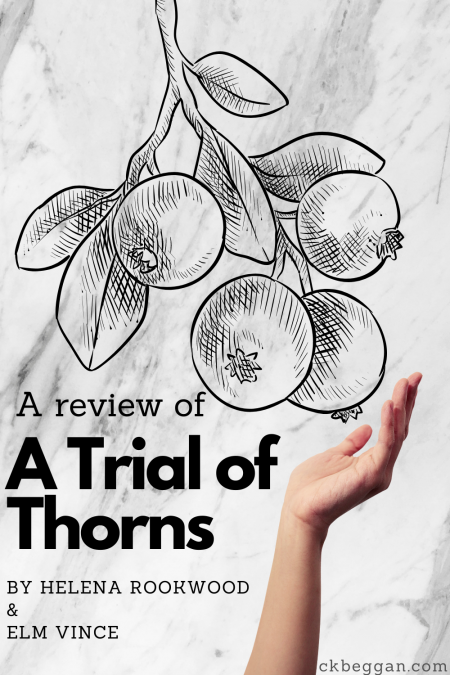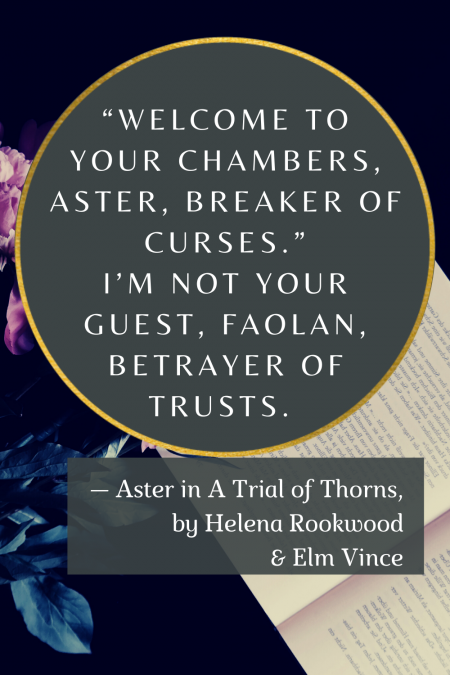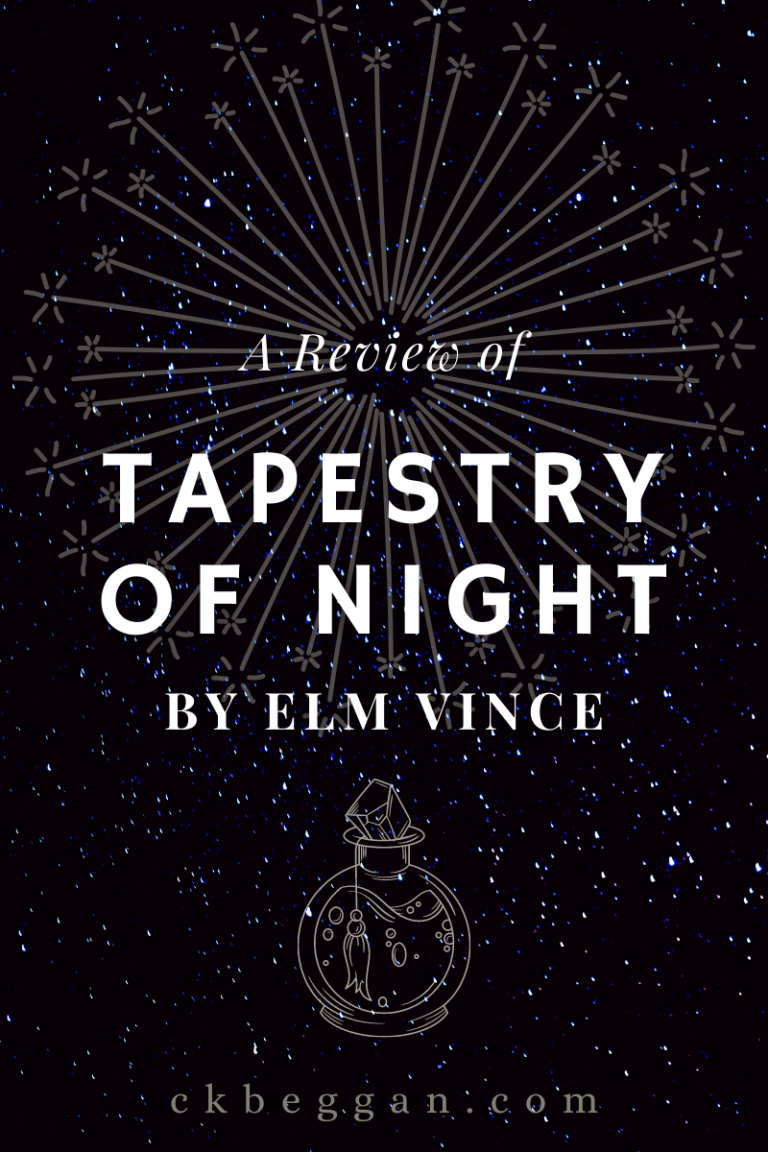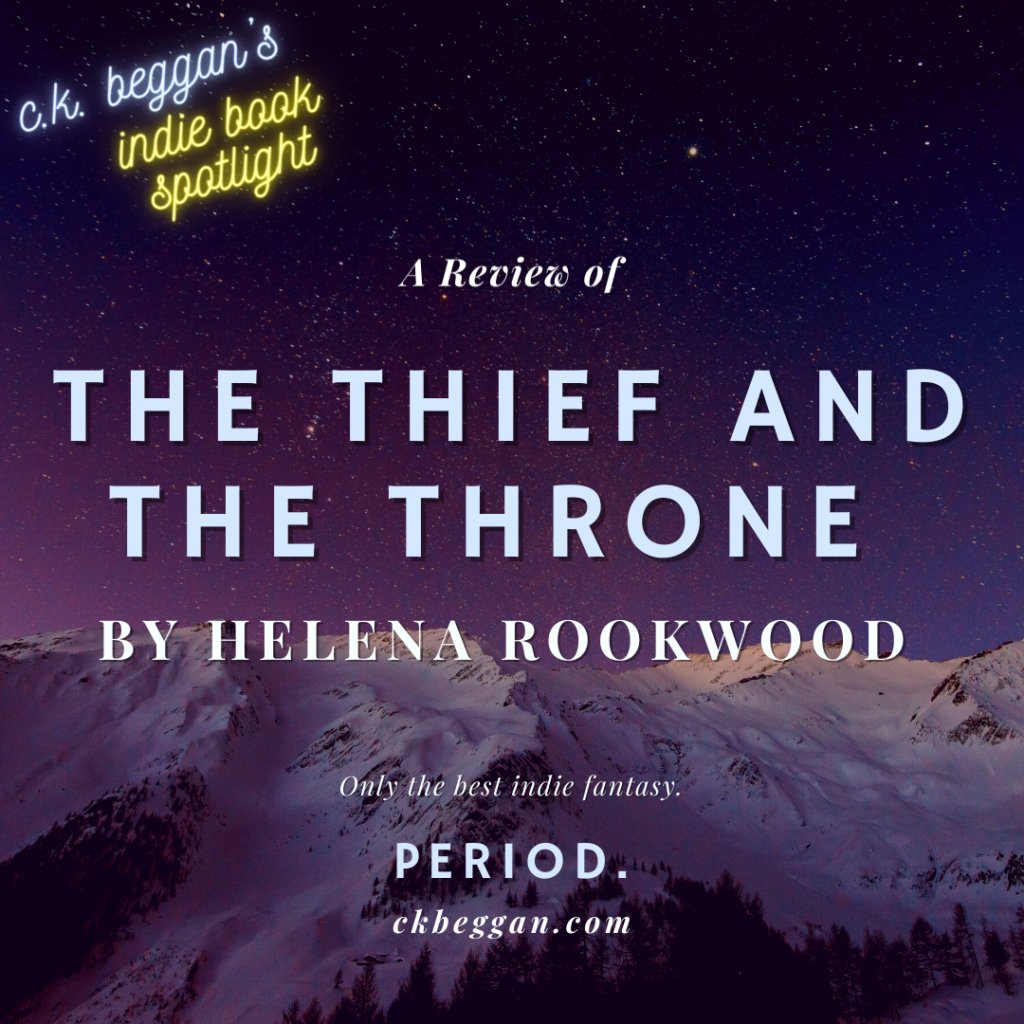
(Note: I received a free copy of this book in exchange for an honest review.)
A Trial of Thorns departs from its roots as a Beauty and the Beast retelling as a major plot twist plays out, dropping Aster in the middle of court fae trials to determine who will be the next king or queen of the fae. Best of all, Aster, whose character is drawn from Belle/Beauty, continues to forge her own path.
Caught in a contest of fae heirs as an unwilling champion, Aster flounders more desperately in A Trial of Thorns. And it’s no wonder: she’s in unfamiliar territory. Everything about the fae of this series sets them apart from humans, from their unearthly beauty to their superhuman abilities and lifespans. Aside from Thorn and the Forest Court, humans don’t mean much to the average fae—and are treated accordingly. Worse still, Aster’s abilities as a greenwitch and enchantress are rendered null in the Sky Court, where the only plants are contained in greenhouse.
I appreciated but did not fully love A Trial of Thorns at first (excepting the parts with the wonderful brownie Mosswhistle, who is perfect in all scenes). The last third to quarter of the book, however, is superb. The authors don’t let Aster and Thorn have a mindless happily ever after that ignores their problems. Instead, they lean in to the severe issues between humans and fae.
It’s a pleasure to see Aster not let Thorn and her other fae friends off the hook, and to take charge of her situation. The serious conversations between them are well-rendered and everything you’d want from an independent and compassionate heroine.
The descriptive writing is not as strong in this book, largely because Rookwood and Vince excel at writing about the natural world—especially when it skews toward dark fantasy. The Sky Court is almost clinical in nature, full of marble and character-less luxury (the House Hunters crowd would be unimpressed, but hey, Faolan’s got his own style). The Trials themselves are creatively designed, and reminded me pleasantly of Harry Potter and the Goblet of Fire, with a dash of Greco-Roman mythology. Which means there’s always a clever twist for readers to enjoy. Those are my kind of trials.
I did miss the authors’ forest descriptions and the constant danger of the Folkwood. The dangers Aster faces in A Trial of Thorns come more from brutal, conniving fae plots and politics; those who enjoyed reading about Tyrion and the other Lannisters in George R.R. Martin’s A Song of Ice and Fire series will be happiest, while fans of Alexis Henderson’s The Year of the Witching will be rooting for Aster to find her way home.
A Trial of Thorns is something of a transitional book, as so many second books are (I’m looking at you, Harry Potter and the Chamber of Secrets!), and that usual means some growing pains. But I put down this book satisfied with the direction the series is going in, happy with Aster’s evolution (get ’em, girl!) and excited for whatever happens next.
To learn more about these authors, please visit helenarookwood.com and elmvince.com.
Other posts about Helena Rookwood & Elm Vince:
Review: An Enchantment of Thorns (A Court of Fairy Tales #1), by Helena Rookwood & Elm Vince
Interview: Helena Rookwood & Elm Vince (2021)
Review: Tapestry of Night (Star Cast Series #1), by Elm Vince
Review: The Prince and the Poisoner (Carnival of Fae #1), by Helena Rookwood
Review: The Thief and the Throne (Carnival of Fae #2), by Helena Rookwood
Review: Throne of Sand (Desert Nights Novels #1), by Helena Rookwood & Elm Vince






